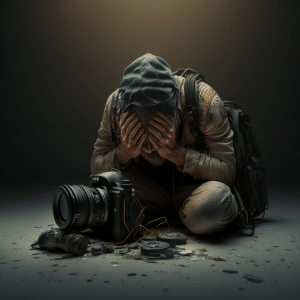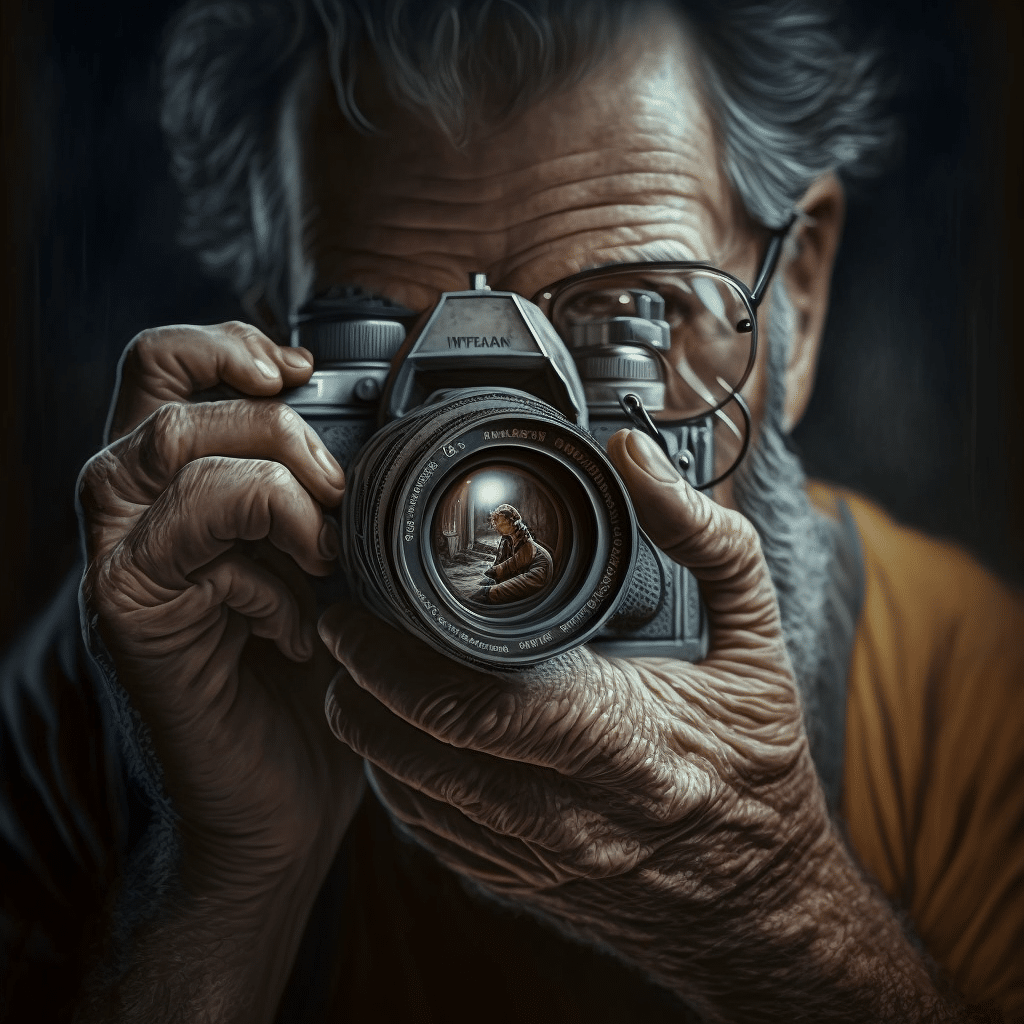The photography industry has seen tremendous advancements in technology over the past few years, and artificial intelligence (AI) is at the forefront of these changes. As AI continues to permeate the photography world, photographers must embrace this new technology in order to remain relevant and competitive in the marketplace.
AI can help photographers to streamline their workflow, automate routine tasks, and even enhance the quality of their photos. For example, AI algorithms can automatically remove blemishes, adjust lighting and color balance, and even create custom filters for specific photos. With AI technology, photographers can save time and effort, allowing them to focus on more creative aspects of their craft.
Moreover, AI is also transforming the way that photographers market themselves and their work. With AI algorithms, photographers can target specific audiences and improve their visibility online. For instance, AI-powered platforms can help photographers to showcase their portfolio and attract new clients. With the help of AI, photographers can also analyze audience data to determine which images and styles are most popular, and adjust their strategies accordingly.

The photography industry is rapidly changing, and photographers must adapt to these changes if they want to remain relevant and successful. AI technology is at the forefront of these changes, and photographers who embrace AI will be well-positioned to benefit from the opportunities that it presents. Those who fail to adopt AI will be left behind, as the world of photography continues to evolve.
One example of photographers using AI is through the use of AI-powered editing tools such as Adobe Lightroom and Skylum Luminar. These software programs utilize AI algorithms to help photographers automatically adjust aspects of their photos such as brightness, contrast, and color. They also feature AI-powered features such as object recognition, which allows photographers to quickly and easily select specific objects in their photos and make adjustments to them.
Another example is the use of AI-powered virtual assistants and chatbots, which can help photographers manage their schedules, answer customer questions, and even complete routine tasks such as invoicing. These tools can save photographers valuable time and effort, allowing them to focus on more creative aspects of their work.
Finally, AI is also being used in the realm of stock photography, where AI algorithms can analyze and categorize vast amounts of photos, making it easier for photographers to sell their work and reach new audiences. For instance, AI-powered stock photography platforms like Shutterstock and Getty Images are using AI to make their libraries of images more easily searchable and accessible.
In conclusion, AI is already making a significant impact in the world of photography, nd its influence is only set to grow in the years to come. Photographers who embrace AI and use it to enhance their skills and reach new audiences will be well-positioned for success in this rapidly evolving industry.

